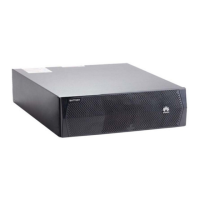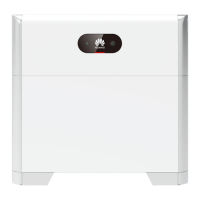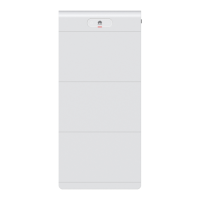When the electrolyte overows, absorb and neutralize the electrolyte
immediately. When moving or handling a battery whose electrolyte leaks,
note that the leaking electrolyte may cause damage.
Battery overheating causes deformation, damage, and electrolyte overow.
– When the battery temperature exceeds 60°C, check whether the
electrolyte overows. If the electrolyte overows, handle the leakage
immediately.
– If the electrolyte
overows, follow the instructions of the battery
manufacturer or use sodium bicarbonate (NaHCO
3
) or sodium carbonate
(Na
2
CO
3
) to neutralize the electrolyte.
– Electrolyte
overow may damage the equipment. It will corrode metal
parts and boards, and ultimately damage the boards.
Flammable Gas
Lead-acid batteries in use emit ammable gas. Ensure that batteries are kept in a
well-ventilated area and take preventive measures against
re.
● Do not use unsealed lead-acid batteries.
● To prevent
re or corrosion, ensure that ammable gas (such as hydrogen) is
properly exhausted for lead-acid batteries.
1.3 Electrical Safety
General Requirements
● Installation, operation, and maintenance must be performed in the sequence
specied in the manual. Do not change the structure or installation sequence
of the equipment without permission.
● When installing the equipment, use a torque wrench of a proper range to
tighten the screws. When using a wrench to tighten the screws, ensure that
the wrench does not tilt and the torque error does not exceed 10% of the
specied value.
● Before installing or removing power cables, ensure that the switch is turned
o.
● Before connecting power cables, check that cable labels are correct and cable
terminals are insulated.
ESS-240V12-(9AhBPVBA04, 7AhBPVBA04) Battery
Pack
Quick Guide 1 Safety Information
Issue 02 (2022-06-30) Copyright © Huawei Digital Power Technologies Co., Ltd. 6

